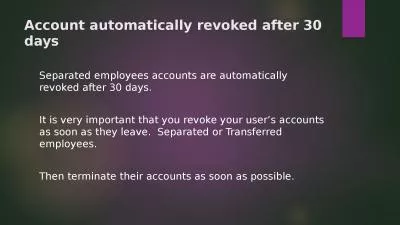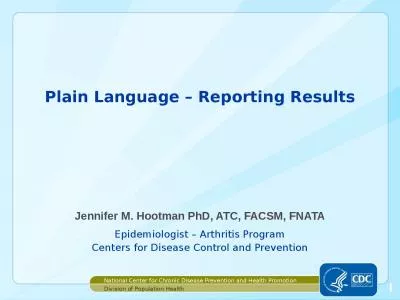PPT-Hidden in Plain Sight: Automatically Identifying Security Requirements from Natural Language
Author : kittie-lecroy | Published Date : 2018-03-13
Maria Riaz Jason King John Slankas Laurie Williams Aug 28 th 2014 1 Agenda Motivation Research Goal Related Work Security Discoverer SD Process Security Requirements
Presentation Embed Code
Download Presentation
Download Presentation The PPT/PDF document "Hidden in Plain Sight: Automatically Id..." is the property of its rightful owner. Permission is granted to download and print the materials on this website for personal, non-commercial use only, and to display it on your personal computer provided you do not modify the materials and that you retain all copyright notices contained in the materials. By downloading content from our website, you accept the terms of this agreement.
Hidden in Plain Sight: Automatically Identifying Security Requirements from Natural Language: Transcript
Download Rules Of Document
"Hidden in Plain Sight: Automatically Identifying Security Requirements from Natural Language"The content belongs to its owner. You may download and print it for personal use, without modification, and keep all copyright notices. By downloading, you agree to these terms.
Related Documents

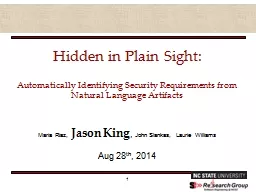
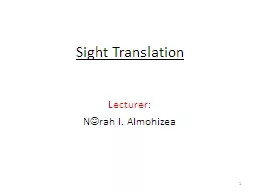





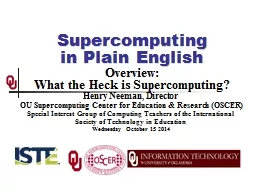


![[PDF]-Art of Software Security Testing, The: Identifying Software Security Flaws: Identifying](https://thumbs.docslides.com/981938/pdf-art-of-software-security-testing-the-identifying-software-security-flaws-identifying-software-security-flaws.jpg)
![[DOWNLOAD] 300 Must Know Sight Words Activity Workbook: Learn, Trace Practice the 300](https://thumbs.docslides.com/1008095/download-300-must-know-sight-words-activity-workbook-learn-trace-practice-the-300-most-common-high-frequency-words-for-kids-learning-to-read-and-write-dolch-sight-words-fry-sight-words.jpg)
